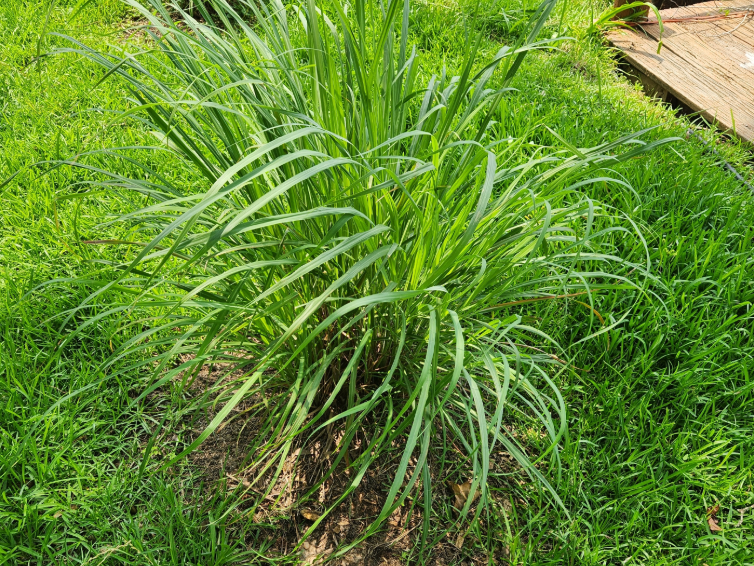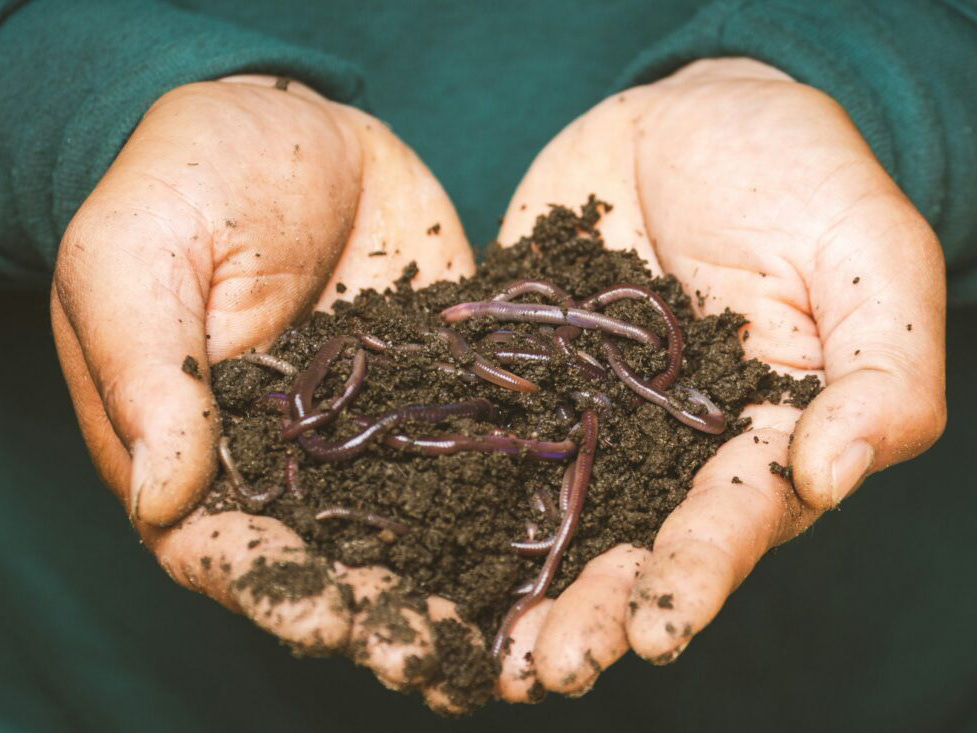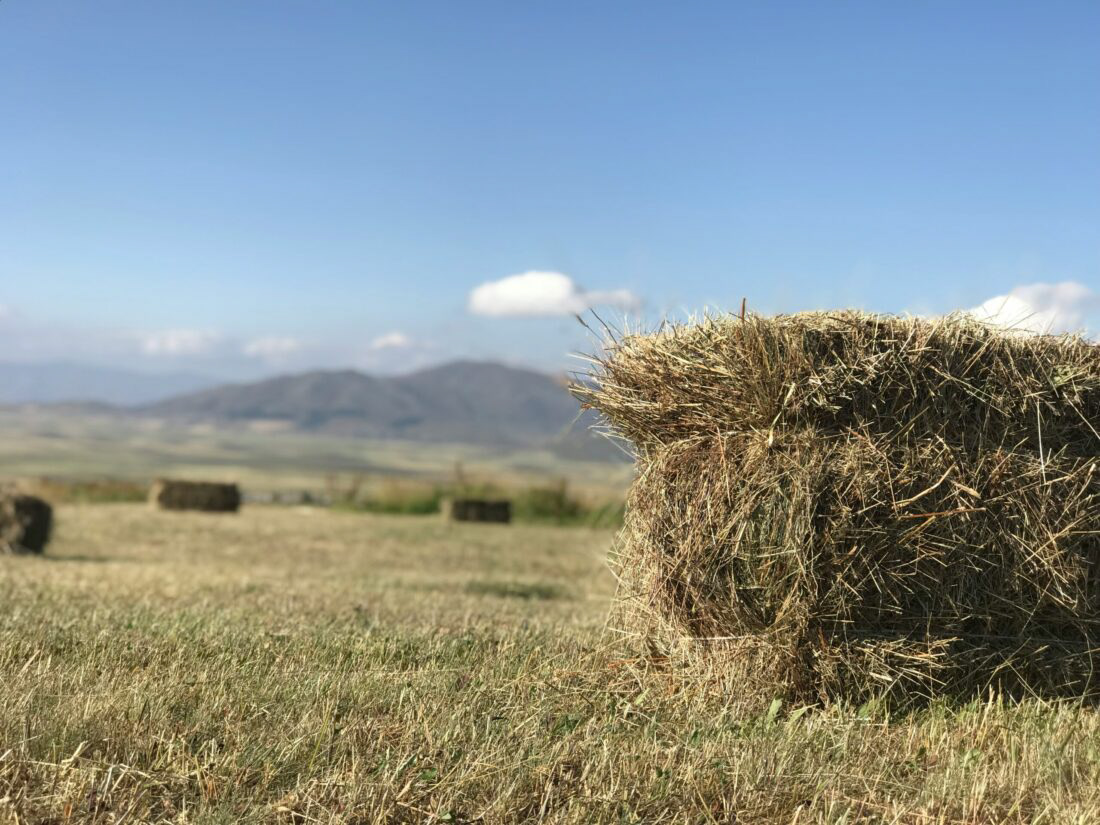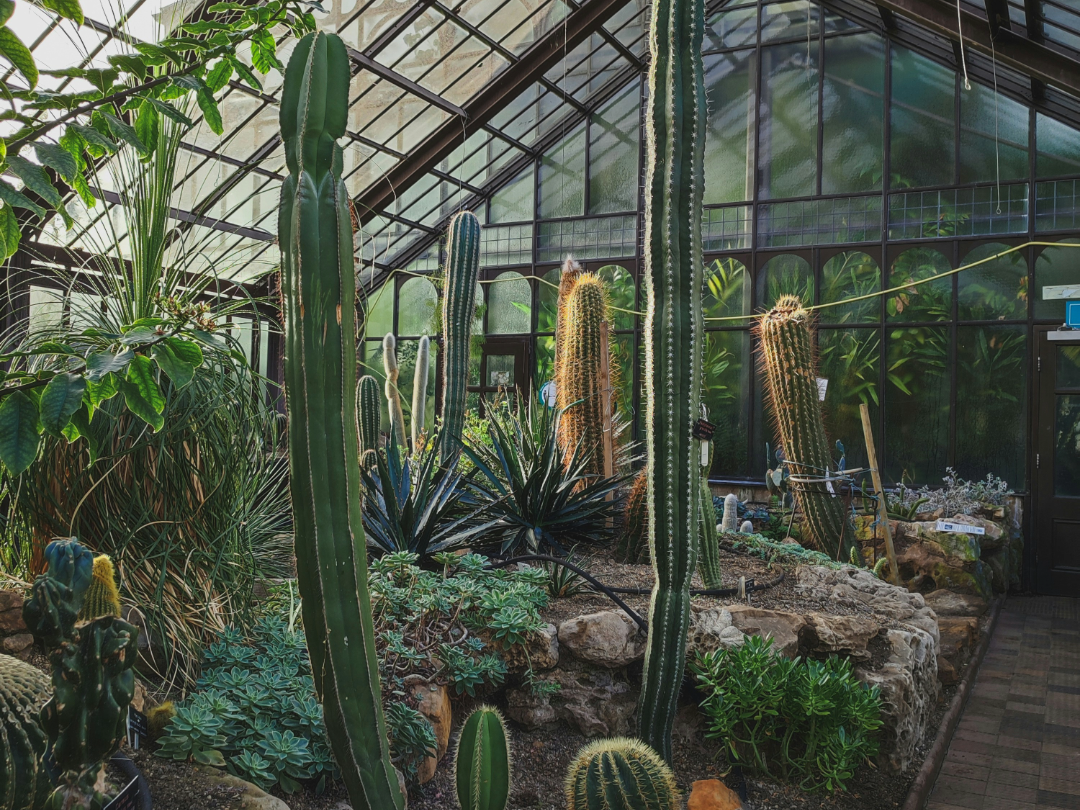Introduction
Gardening is more than just a hobby; it’s a therapeutic journey that connects us with nature. Planting a garden will allow you to benefit from the fruits (and vegetables) of your labor. Whether you’re a seasoned gardener or a novice with a newfound passion for plants, this comprehensive blog will provide the insights and tips you need to cultivate a thriving garden sanctuary.
Exploring the Diverse World of Gardening: A Guide to Different Types of Gardens
1. Getting Started: Setting the Foundation
Before you delve into gardening, it’s crucial to have a plan. Choose an ideal location for your garden, considering the following factors: sunlight, soil quality, and drainage. Prepare the soil by enriching it with organic matter, ensuring a nutrient-rich environment for your plants to flourish.
2. Selecting the Right Plants: Tailoring to Your Space and Climate
Different plants thrive in distinct conditions and areas. Research and select plants that are well-suited to your local climate and the specific characteristics of your garden space. Consider factors like sunlight requirements, water needs, and growth habits to create a harmonious and sustainable garden.
3. Seasonal Planning: Maximizing Yield Year-Round
A successful garden is a year-round endeavor. Plan your garden layout to accommodate seasonal changes, ensuring a continuous harvest. Learn about the optimal planting times for different crops and stagger your plantings to enjoy a variety of fresh produce throughout the year.
4. Watering Wisely: Balancing Hydration and Conservation
Proper watering is a cornerstone of successful gardening. Develop a watering schedule that meets the needs of your plants without wasting water. Consider installing drip irrigation systems or rain barrels to conserve water and promote sustainable gardening practices.
5. Pest Management: Keeping Unwanted Visitors at Bay
Every gardener encounters pests, but effective pest management is vital to maintaining a healthy garden. Explore natural and organic pest control methods to protect your plants without harming the environment. Companion planting and introducing beneficial insects can also contribute to a pest-resistant garden.
6. Soil Health: The Heart of a Productive Garden
Healthy soil is the secret behind a thriving garden. Regularly test your soil for nutrients and pH levels, and amend it as needed. Incorporate compost and organic matter to improve soil structure and fertility, creating an optimal environment for plant growth.
7. Garden Care and Maintenance: Nurturing Your Green Oasis
Consistent care is essential for a flourishing garden. Develop a routine for tasks such as weeding, pruning, and mulching. Regularly inspect your plants for signs of disease or nutrient deficiencies, addressing issues promptly to prevent widespread problems.
Conclusion
Embarking on a gardening journey is a rewarding experience that offers many benefits, from fresh and flavorful produce to a tranquil outdoor haven. By implementing the tips and tricks outlined in this guide, you’ll be well on your way to cultivating a vibrant and bountiful garden. Happy gardening!
Follow along on Facebook!







